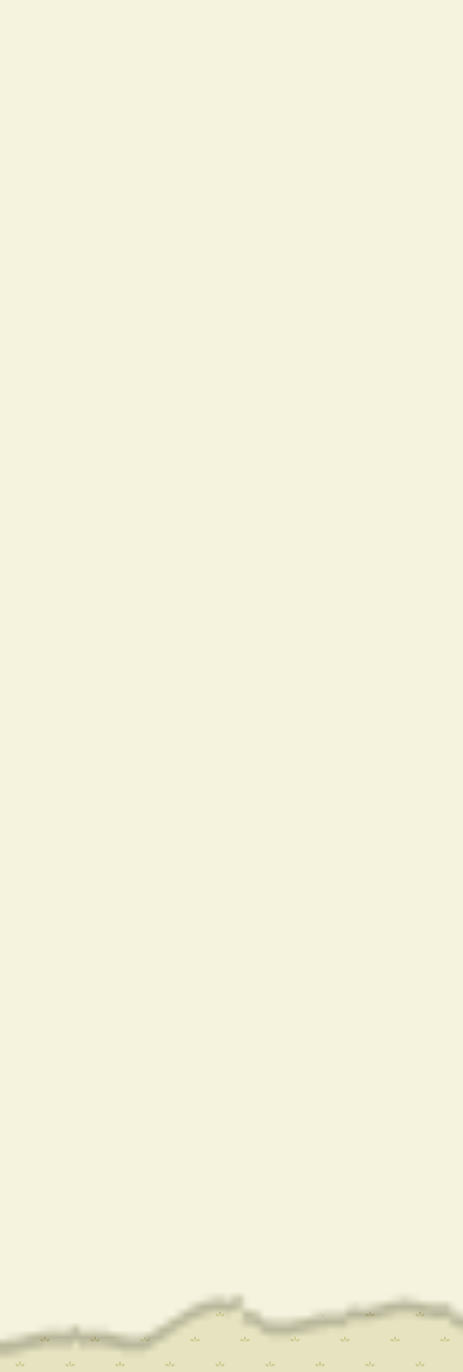



Before the Wombat program was instigated by Manfred and Helen Heide most
baby native animals handed in to Parks and wild life or the department of environmental
herratige were euthenaised.
Since begining the program in 1985 the amount of babies bceing culled has dropped
dramatically. The program allows qualified people to rear and maintain baby wombats
that would normally be put to sleep.
A positive attribute of the program is that in some cases northern Hairy nosed Wombats
who are now considered the most endangered Australian species in the world ,are now
being raised by surrogate Southern Hairy Nosed Wombat mothers. Without the program
I feel sure the Northern Hairy nosed Wombat would become extinct.
There is also an invetro fertilization program which is endevouring to place Northern
Hairy nosed wombats into Southern hairy nosed Wombats in order to lift the ever
decresing numbers of the Northern hairy nosed Wombat..
It is believed that there are only 135 Northern Hairy nosed Wombats left living in the
wild.The department of Environmental heatige will basically only supply the milk for
the baby marsupials up until the time they are weened
From that time onwards we as members of the Wombat program pay all the food and
vet bills from our own pockets or from donations towards the animals upkeep if we are
lucky .
There are no Vetinary services resident here in Ceduna. The nearest being an 800
killometer round trip.if an animal has problems.. We pay for the travel and the
overnight stays out of our own pockets .
Although we love and care for the animals it is quite a strain on any normal families
budget, hence the donate through paypal signs on the site.
Our food bill for the animals is over 800 $ a month let alone vet bills and medication
that we have to find the money for. So please donate as best you can towards the
Wombats and otheranimals new enclosures.
To date the program has helped house and find homes for hundreds of animals in
breeding programs, zoos ,wild life parks and various universities in Australia and other
parts of the world


The Wombat program
Before the Wombat program was
instigated by Manfred and Helen Heide
most baby native animals handed in to
Parks and wild life or the department of
environmental herratige were
euthenaised.
Since begining the program in 1985 the
amount of babies bceing culled has
dropped dramatically. The program allows
qualified people to rear and maintain baby wombats that
would normally be put to sleep.
A positive attribute of the program is that in some cases
northern Hairy nosed Wombats who are now considered the
most endangered Australian species in the world ,are now
being raised by surrogate Southern Hairy Nosed Wombat
mothers. Without the program I feel sure the Northern Hairy
nosed Wombat would become extinct.
There is also an invetro fertilization program which is
endevouring to place Northern Hairy nosed wombats into
Southern hairy nosed Wombats in order to lift the ever
decresing numbers of the Northern hairy nosed Wombat..
It is believed that there are only 135 Northern Hairy nosed
Wombats left living in the wild.The department of
Environmental heatige will basically only supply the milk
for the baby marsupials up until the time they are weened
From that time onwards we as members of the Wombat
program pay all the food and vet bills from our own pockets
or from donations towards the animals upkeep if we are
lucky .
There are no Vetinary services resident here in Ceduna. The
nearest being an 800 killometer round trip.if an animal has
problems.. We pay for the travel and the overnight stays out
of our own pockets .
Although we love and care for the animals it is quite a strain
on any normal families budget, hence the donate through
paypal signs on the site.
Our food bill for the animals is over 800 $ a month let alone
vet bills and medication that we have to find the money for.
So please donate as best you can towards the Wombats and
otheranimals new enclosures.
To date the program has helped house and find homes for
hundreds of animals in breeding programs, zoos ,wild life
parks and various universities in Australia and other parts of
the world
























































